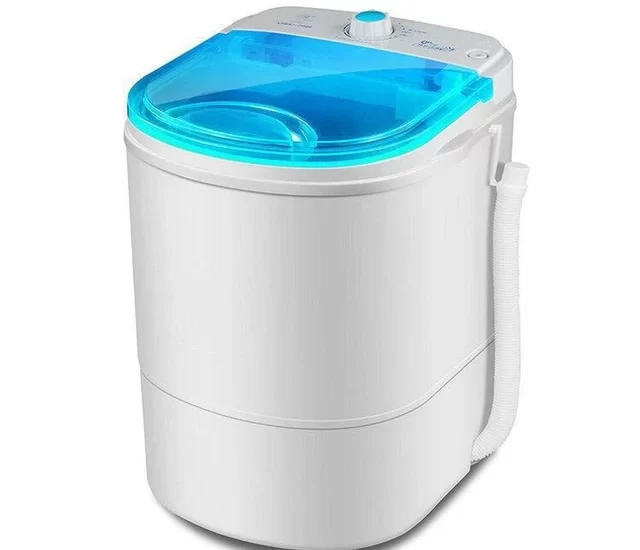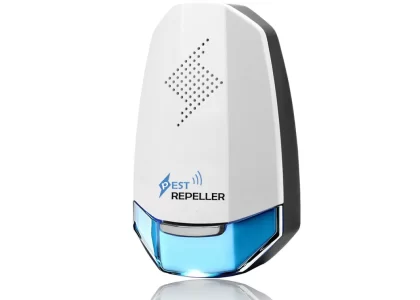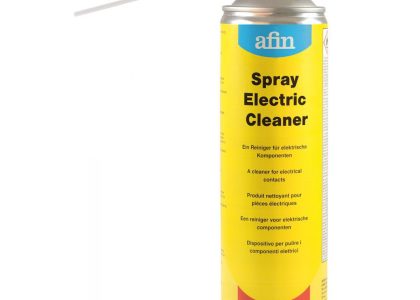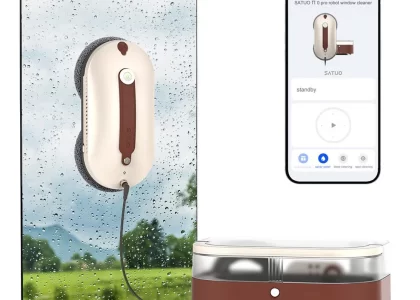 Introduction:
Introduction:
Many people wonder if it is safe to wash their sneakers in a washing machine. While this method can be effective for cleaning and maintaining the appearance of your sneakers, it is important to exercise caution and follow the proper steps. In this comprehensive guide, we will explore the factors to consider, the preparation process, and the washing techniques for washing sneakers in a washing machine. By understanding these aspects, you can confidently clean your sneakers while preserving their quality and prolonging their lifespan.
 Several types of washing machines available on the market:
Several types of washing machines available on the market:
There are several types of washing machines available on the market. Here are some common types:
Top-Load Washing Machine:
This is the most traditional and common type of washing machine. It has a vertical drum and a hinged lid on the top, where clothes are loaded and unloaded. Top-load washers are generally more affordable and have faster wash cycles compared to front-load washers. They are also easier to load and unload, as you don’t have to bend over.
Front-Load Washing Machine:
Front-load washers have gained popularity in recent years. They have a horizontal drum that is loaded from the front, and clothes are tumbled and washed inside the drum. These washers are known for their energy efficiency, water-saving capabilities, and gentler wash cycles that are suitable for delicate fabrics. Additionally, front-load washers can stack with a matching dryer, making them suitable for smaller laundry spaces.
High-Efficiency (HE) Washing Machine:
High-efficiency washers can be either top-load or front-load machines. They are designed to use less water and energy compared to conventional washers. HE washers use specialized detergents that produce less suds, allowing for more effective cleaning with less water. These machines are known for their energy efficiency and higher cleaning performance.
Compact Washing Machine:
Compact washers are smaller in size and designed specifically for apartments, RVs, or smaller laundry areas. They are available in both top-load and front-load configurations and often have a reduced capacity compared to standard-sized machines. Compact washers are a great option for those with limited space or smaller laundry loads.
Portable Washing Machine:
Portable washers are smaller, lightweight, and designed to be easily moved. They are typically top-load machines that can be connected to a faucet for water supply. Portable washers are ideal for those who need a washing machine in temporary living situations or for washing small loads.
These are some of the common types of washing machines available. When selecting a type, consider factors such as the size of your laundry space, the capacity needed, energy efficiency, and budget. It’s important to choose a washing machine that suits your specific needs and preferences.
 Factors to Consider before Washing Sneakers in a Washing Machine
Factors to Consider before Washing Sneakers in a Washing Machine
Material:
Consider the material of your sneakers, as not all materials are suitable for machine washing.
Sneakers made of canvas, mesh, or durable synthetic materials are generally safe for machine washing.
Construction:
Evaluate the construction of your sneakers, as certain features like glued-on elements or delicate embellishments may not withstand the washing machine’s agitation.
Manufacturer’s Recommendations:
Review the manufacturer’s guidelines and care instructions provided with your sneakers.
Some brands specifically indicate whether their sneakers are machine washable or should be cleaned by hand.
Preparation for Machine Washing Sneakers
Remove Laces and Insoles:
Take out the shoelaces and remove any removable insoles from your sneakers before washing.
This ensures a more thorough and even cleaning.
Brush Off Loose Dirt and Debris:
Use a soft brush or toothbrush to gently remove any loose dirt or debris from the surface of your sneakers.
This pre-cleaning step helps prevent the washing machine from becoming clogged with large particles.
 Washing Techniques for Sneakers in a Washing Machine
Washing Techniques for Sneakers in a Washing Machine
Select a Suitable Washing Cycle:
Use a delicate or gentle cycle on your washing machine to minimize the risk of damage to your sneakers.
Avoid using an excessively high-speed cycle or a cycle that includes a significant amount of spinning.
Protect Your Sneakers:
Place your sneakers in a mesh laundry bag or pillowcase to protect them during the washing cycle.
This helps prevent the sneakers from getting tangled or bouncing excessively inside the machine.
Add Mild Detergent:
Use a small amount of mild laundry detergent specifically designed for delicate fabrics or sneakers.
Avoid using bleach, strong detergents, or fabric softeners, as they may damage the material or alter the color of your sneakers.
After Washing Care for Sneakers
Air Drying:
Allow your sneakers to air dry naturally after washing.
Avoid using direct heat sources like radiators or dryers, as they can cause the shoes to warp or lose their shape.
Stuff with Towels or Paper:
Enhance the drying process and help maintain the shape of your sneakers by stuffing them with crumpled towels or paper.
This absorbs excess moisture and prevents the shoes from shrinking or becoming misshapen.
Special Considerations
Leather or Suede Sneakers:
Leather or suede sneakers require special care and are generally not suitable for machine washing.
Consult the manufacturer’s guidelines or consider professional cleaning services for these types of sneakers.
Decorative Elements:
If your sneakers have decorative elements like sequins or embroidery, consider hand washing or spot cleaning to avoid damaging these delicate details.
Some important tips to keep in mind:
Proper maintenance and care are essential to ensure the longevity and optimal performance of your washing machine. Here are some important tips to keep in mind:
Cleaning the Drum:
Regularly clean the drum of your washing machine to prevent the buildup of dirt, lint, and detergent residue. Run an empty cycle with hot water and a cup of white vinegar or a washing machine cleaner to remove any deposits. Wipe down the drum and door seal with a damp cloth after each use.
Cleaning the Detergent Dispenser:
Remove and clean the detergent dispenser regularly to prevent clogs and buildup. Rinse it thoroughly with warm water and scrub away any residue or debris. This ensures that the detergent flows freely and evenly during each wash cycle.
Checking and Cleaning Filters:
Some washing machines have filters that trap lint, coins, and other debris. Check the owner’s manual for instructions on how to locate and clean these filters. Regularly cleaning filters prevents blockages and improves the machine’s efficiency.
Preventing Mildew and Odor:
To prevent mildew and unpleasant odors, leave the washing machine door open after each use to allow air circulation and moisture to evaporate. Also, periodically wipe down the door seal and drum with a solution of water and vinegar to kill any bacteria that may cause odors.
Properly Loading the Machine:
Avoid overloading the machine, as it can strain the motor and reduce the effectiveness of the wash. Follow the manufacturer’s guidelines for load capacity and distribute the clothes evenly around the drum.
Using the Right Detergent:
Use the appropriate type and amount of detergent for your machine and the water hardness in your area. Using excessive detergent can cause buildup and reduce the machine’s efficiency. Consider using high-efficiency (HE) detergents for front-load or high-efficiency washers.
Regular Maintenance Checks:
Periodically check hoses, connections, and the water inlet valve for any signs of leaks or damage. Replace any worn-out or damaged parts promptly. Inspect and clean the drain pump filter as per the manufacturer’s instructions.
Professional Servicing:
If you notice any persistent issues or abnormalities with your washing machine, it’s advisable to contact a professional technician for servicing and repairs. Regular professional maintenance can help identify and resolve any potential problems before they worsen.
By following these maintenance tips, you can extend the lifespan of your washing machine and ensure that it continues to run efficiently and effectively.
 Conclusion:
Conclusion:
When done correctly and with proper consideration, washing sneakers in a washing machine can be an effective method for cleaning and maintaining their appearance. By assessing factors like material, construction, and the manufacturer’s recommendations, you can determine if your sneakers are suitable for machine washing. Following the preparation steps, selecting an appropriate washing cycle, and using mild detergent ensures a safe and effective cleaning process. Additionally, proper care during the drying phase and consideration for special materials or decorative elements are important. Let this comprehensive guide serve as a valuable resource in safely and effectively washing your sneakers in a washing machine, allowing you to enjoy clean and refreshed footwear.





